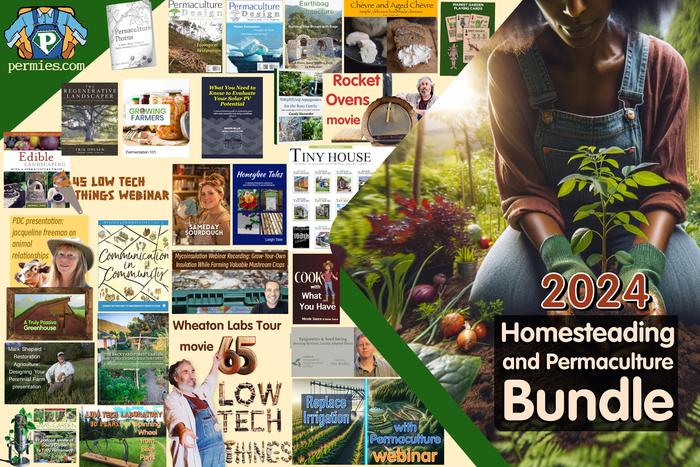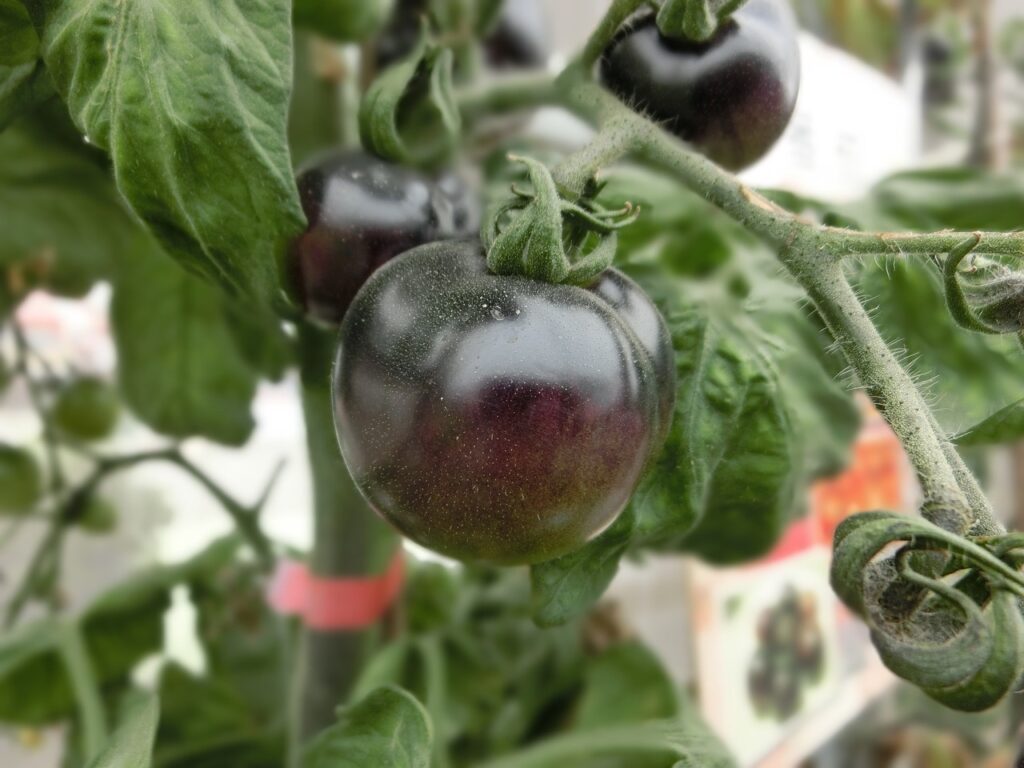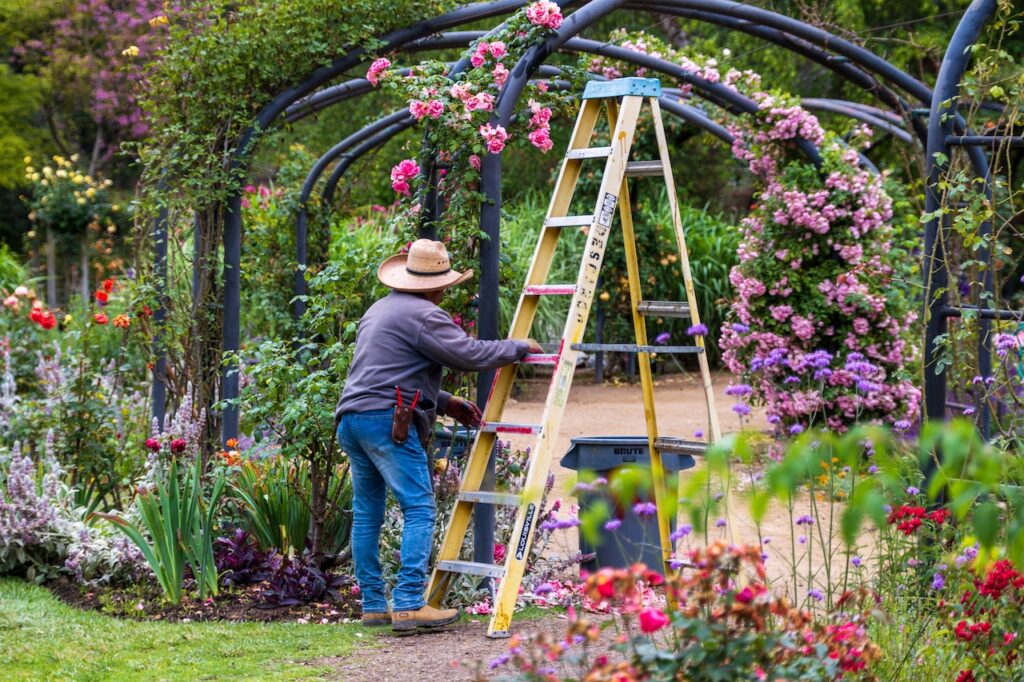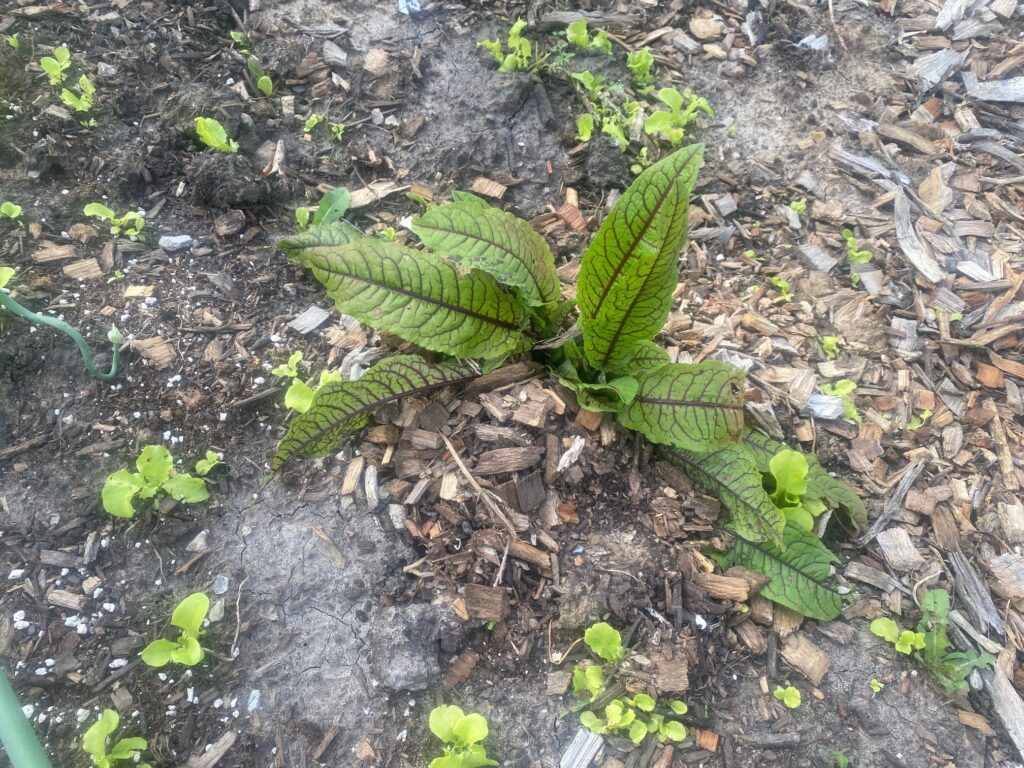Start small for the most success
Surely you have heard horror stories of how much goes into growing the lowly tomato plant. You spend so much on building raised bed infrastructure, adding fertilizer, not to mention the time, the hornworms devouring your leaves, the blight. What you are, reportedly, left with is an equivalent of a $64 tomato, when duly amortized. It even says so in the popular book: The $64 Tomato: How One Man Nearly Lost His Sanity, Spent a Fortune, and Endured an Existential Crisis in the Quest for the Perfect Garden.
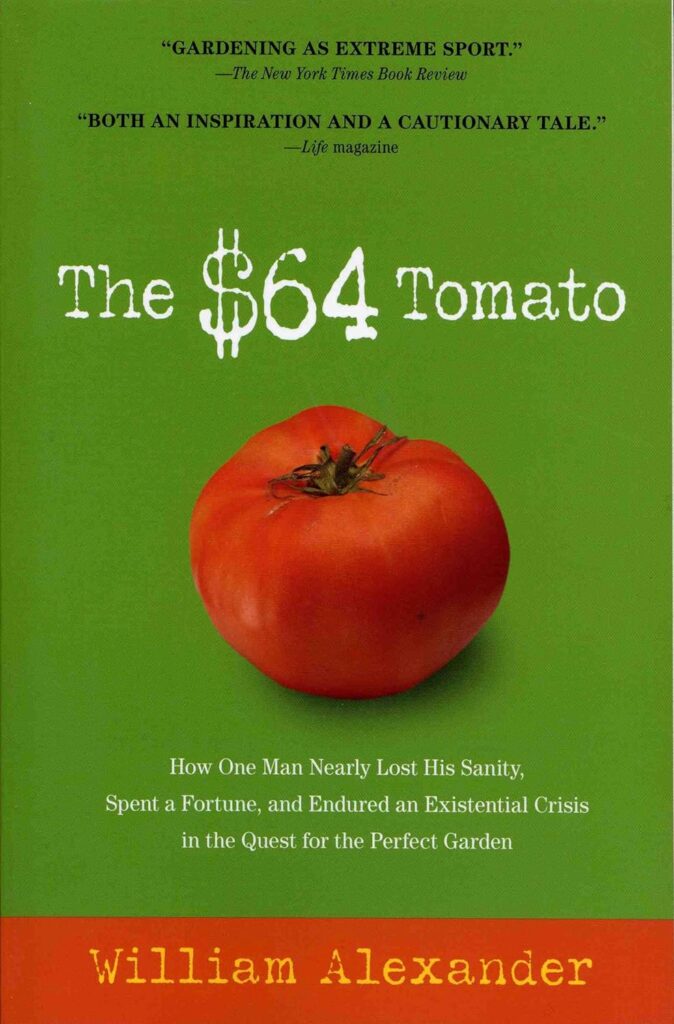
Let’s be honest. That is ridiculous.
Things want to grow. You can buy a pack of tomato seeds for $4, or a plant start for just about the same price. A little soil. You could even grow it in a pot.
My personal story of growing $50 worth of tomatoes
I have a spreadsheet that I keep all of my planting, harvesting, and the equivalent amount saved from growing my own food. Heirloom tomatoes cost $3.49 a pound at the store. Last year I harvested 14 pounds of tomatoes on just a few plants. That was the equivalent of $50 worth of heirloom tomatoes – all made into sauce. I was even more successful with cherry tomatoes, and I harvested hundreds of cherry tomatoes.
Start small for the most success
Sure, you could spend a lot of money up front. But at the most you will need a large pot, or an open plot of dirt in the ground to plant in. You will need seed or a tomato plant start. And some sort of trellis or a tomato cage, which looks like small hula hoops fastened together.

Determinate or Indeterminate Tomatoes
Determinate tomatoes reach their mature height, set all their fruit at once, and stop growing. Indeterminate tomatoes grow all season and keep producing a crop. Personally, I don’t pay that much attention. I usually buy an heirloom tomato like Abe Lincoln or Mortgage Lifter, or some special kind like Black Beauty. Often they grow into the Fall, up to first frost.
Besides cherry tomatoes, many of these heirloom types have big tomatoes that can be 3/4 to a pound each (especially in the Pineapple variety, which is one of my favorites).
Saving tomato seeds and developing a Landrace
A landrace variety is a variety of plant (tomato, squash, etc.) that is adapted to your land and climate. You save seeds from the plants that look the best, taste the best, and perform the best by being the most resistant to pests and diseases like tomato blight. You plant those seeds the next year and keep selecting the best. In a few generations you will have something that is adapted to your land.
This is especially important if you live in a place with a unique climate. Joseph Lofthouse, interviewed on Episode 122 of Thriving the Future Podcast, shared that it was difficult to grow vegetables in his Utah locale – high desert, low humidity, short season, sunshine almost every day in summer.
Seeds have a memory and they store the details of where they thrived. If you plant them somewhere that is different than where they grew, thrived, and the seeds were saved, then you will likely have crop failure.
Joseph Lofthouse shares his techniques in his book Landrace Gardening: Food Security through Biodiversity and Promiscuous Pollination
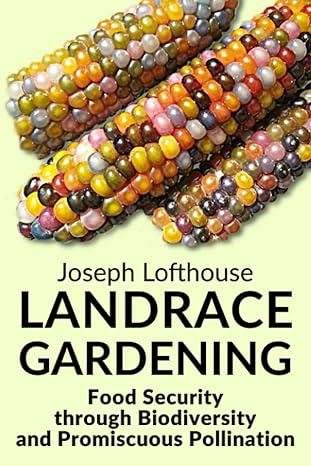
Saving tomato seeds
I save tomato seeds by scraping them from the tomato pulp and putting them in a jar of distilled, unchlorinated water. After several days they will separate. When they are separated, I strain them out, and put them on a paper plate to dry. Then I store them in an envelope for next year.
Start small, then scale up
By using these techniques you can grow a tomato crop the first year, while minimizing your inputs. Enjoy those tomatoes. Then learn from the experience – what worked and what didn’t. Then try new varieties and tastes,
This article is cross posted from ThrivingNews.com – Thriving Community news, without the Noise.

Check out the NEW 2024 Homesteading Bundle from Permies, which has 35 e-books, courses, videos.
What I really liked:
- The Backyard Forest Garden e-book
- Agroforestry
- Restoration Agriculture: Designing Your Perennial Farm presentation from Permaculture Voices by Mark Shepard
- Permaculture Thorns, A Book About Trying to Build Permaculture Community, by Paul Wheaton.
- Plus 2 books by Nicole Sauce.
